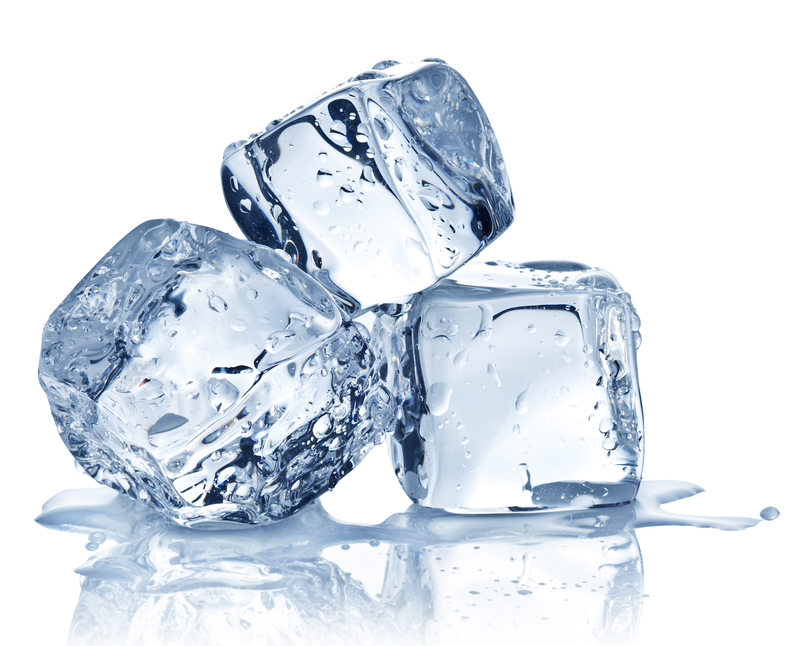Clearing Up Cleaning Myths
Posted on 19/09/2025
Clearing Up Cleaning Myths: Facts vs. Fiction
Cleaning is an essential task in our daily lives, but it's often clouded by myths and misconceptions. These myths can lead to ineffective cleaning practices and even contribute to the spread of germs and bacteria. This article aims to debunk common cleaning myths and provide accurate information to ensure your cleaning efforts are as effective as possible.
Myth 1: Bleach is a Great General Cleaner
One of the most prevalent cleaning myths is that bleach can be used as a general cleaner for all surfaces. While bleach is an excellent disinfectant, it is not a good cleaner when used alone. Its primary function is to kill bacteria and viruses, but it does not effectively remove dirt and grime.
To clean surfaces properly, use a dedicated cleaner to remove dirt, grease, and grime first. After cleaning, you can use a diluted bleach solution (1/2 cup of bleach per gallon of water) to disinfect the area. Remember to rinse thoroughly to avoid any bleach residue, especially on surfaces that come into contact with food.

Myth 2: Vinegar is a Universal Cleaning Solution
Vinegar is touted as a natural and effective cleaning agent but it is not suitable for all cleaning tasks. While vinegar is excellent for removing mineral deposits, cutting through grease, and even deodorizing, it can damage certain surfaces.
Avoid using vinegar on natural stone surfaces such as granite and marble, as it can etch the stone and remove its luster. Additionally, vinegar should not be used on electronic screens or iron surfaces, as its acidity can cause deterioration over time.
For a natural and gentle cleaner, vinegar works well, but it's important to know its limitations and not rely on it exclusively for all your cleaning needs.
Myth 3: More Detergent Means Cleaner Clothes
Using more detergent than recommended might seem like it would result in cleaner clothes, but it can have the opposite effect. Excess detergent can leave a residue on your clothes, making them feel stiff and unappealing. More importantly, it can cause buildup within the washing machine, leading to unpleasant odors and even mechanical problems.
Always follow the manufacturer's guidelines for the correct detergent amount. Modern washing machines are designed to use less water and detergent than older models, so using the specified amount will generally be sufficient. If your clothes aren't coming out as clean as you'd like, consider options like pre-treating stains or selecting a different cycle rather than overloading on detergent.
Myth 4: Disinfectant Sprays Work Instantly
Many people believe that spraying a disinfectant on a surface immediately kills germs and bacteria. However, disinfectants need time to work effectively. Simply spraying and wiping off the product won't give it enough contact time with the surface to be beneficial.
Always read the label on your disinfectant product to determine the required dwell time, which is the amount of time the product needs to stay wet on the surface to achieve maximum efficacy. Typically, this can range from 30 seconds to ten minutes. Ensure the surface stays moist for the entire dwell time, then wipe it clean.
Myth 5: Using Hot Water Cleans Better
Hot water is often thought to be more effective for cleaning because it can help dissolve grease and dirt. However, this does not apply to all cleaning situations. For instance, washing colored clothes in hot water can cause the colors to fade faster, and it may also shrink certain fabrics.
Cold water is often sufficient for most cleaning tasks, especially with modern detergents and cleaning agents that are formulated to work well at lower temperatures. For certain situations, like disinfecting, hot water can be useful but always check the cleaning instructions for your specific task or item.
Myth 6: Feather Dusters are Effective at Removing Dust
Feather dusters are a classic cleaning tool, but they are not very effective at removing dust. Instead of trapping dust, feather dusters tend to spread it around, making it settle elsewhere in the room.
The best way to remove dust is to use a damp microfiber cloth. Microfiber effectively captures and holds onto dust particles, preventing them from being re-released into the air. Other good options include disposable dusting cloths and vacuum cleaner attachments designed for dusting.

Myth 7: You Only Need to Mop Once a Week
The frequency of mopping your floors depends on the amount of foot traffic and the types of activities that take place in your home. In high-traffic areas like the kitchen and living room, floors may need to be mopped more frequently to keep them free of dirt and bacteria.
For best results, spot clean spills and messes as they occur to prevent dirt buildup. You may choose to do a more thorough mopping once a week, but high-traffic areas might require more frequent attention. Adjust your mopping schedule based on the specific needs of your home to maintain cleanliness.
Conclusion: Cleaning with Confidence
Understanding the facts behind common cleaning myths can help you achieve a cleaner, healthier home. By using the right products and techniques, you can ensure that your cleaning efforts are both efficient and effective. Always read product labels, understand the limitations of commonly recommended cleaning agents, and adapt your routine based on the needs of your household.
Remember, myths can lead to ineffective cleaning practices and even potential damage, so always rely on verified information and best practices for your cleaning tasks. Clear up the myths, and clean with confidence!



